Rising Demand for Intravenous Iron Therapy
The Intravenous Iron Drug Market is experiencing a notable increase in demand due to the rising prevalence of iron deficiency anemia across various demographics. This condition is particularly common among pregnant women, individuals with chronic kidney disease, and those undergoing certain medical treatments. As awareness of iron deficiency grows, healthcare providers are increasingly recommending intravenous iron therapy as a more effective alternative to oral supplements. Market data indicates that the intravenous iron segment is projected to witness a compound annual growth rate of approximately 8% over the next few years, reflecting a shift in treatment paradigms. This trend suggests that the Intravenous Iron Drug Market is poised for substantial growth as more patients seek effective solutions for iron deficiency.
Increased Investment in Healthcare Infrastructure
Investment in healthcare infrastructure is a critical driver for the Intravenous Iron Drug Market. Governments and private entities are allocating significant resources to enhance healthcare facilities, particularly in developing regions. This investment is aimed at improving access to advanced medical treatments, including intravenous iron therapies. Enhanced healthcare infrastructure facilitates better patient management and treatment delivery, which is essential for conditions like iron deficiency anemia. As hospitals and clinics upgrade their facilities and expand their service offerings, the demand for intravenous iron drugs is likely to rise. Market analysts suggest that this trend could lead to a more robust supply chain and improved patient outcomes, further propelling the growth of the Intravenous Iron Drug Market.
Regulatory Support for Iron Supplementation Therapies
Regulatory bodies are increasingly recognizing the importance of iron supplementation therapies, which is positively influencing the Intravenous Iron Drug Market. Guidelines and recommendations from health authorities are evolving to support the use of intravenous iron in various clinical settings, particularly for patients who do not respond to oral iron supplements. This regulatory support is crucial for fostering confidence among healthcare providers and patients alike. As more intravenous iron products receive approval and are included in treatment protocols, the market is expected to see a surge in adoption rates. This trend indicates a favorable environment for the Intravenous Iron Drug Market, as regulatory frameworks continue to evolve in support of effective iron deficiency treatments.
Advancements in Drug Formulations and Delivery Systems
The Intravenous Iron Drug Market is benefiting from advancements in drug formulations and delivery systems. Innovations in intravenous iron products, such as improved formulations that enhance bioavailability and reduce side effects, are becoming more prevalent. These advancements not only improve patient compliance but also expand the therapeutic options available to healthcare providers. The introduction of new delivery systems, including pre-filled syringes and infusion devices, is streamlining the administration process, making it more efficient and patient-friendly. As these innovations continue to emerge, they are likely to attract more healthcare providers to adopt intravenous iron therapies, thereby driving growth in the Intravenous Iron Drug Market.
Growing Awareness of Iron Deficiency and Treatment Options
There is a growing awareness among both healthcare professionals and patients regarding iron deficiency and the available treatment options, which significantly impacts the Intravenous Iron Drug Market. Educational campaigns and initiatives by health organizations are shedding light on the symptoms and consequences of iron deficiency anemia. This increased awareness is leading to more patients seeking medical advice and treatment, thereby driving demand for intravenous iron therapies. Market data shows that healthcare providers are increasingly adopting intravenous iron formulations due to their rapid efficacy and safety profiles. As a result, the Intravenous Iron Drug Market is likely to expand as more patients are diagnosed and treated effectively.


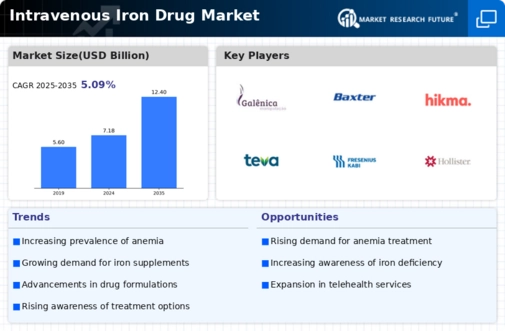
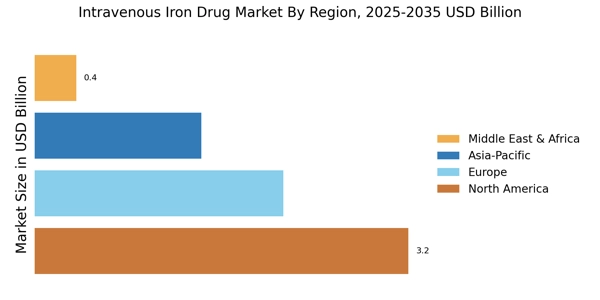


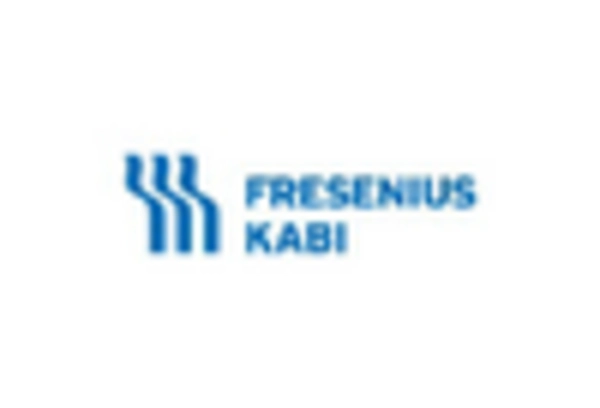
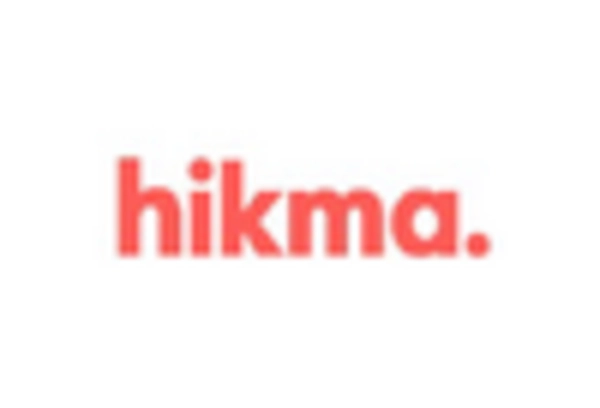
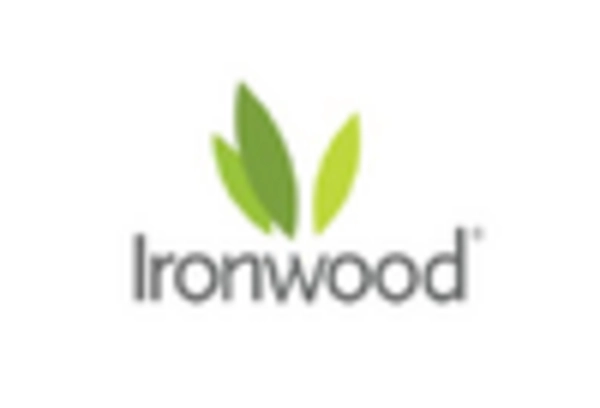









Leave a Comment